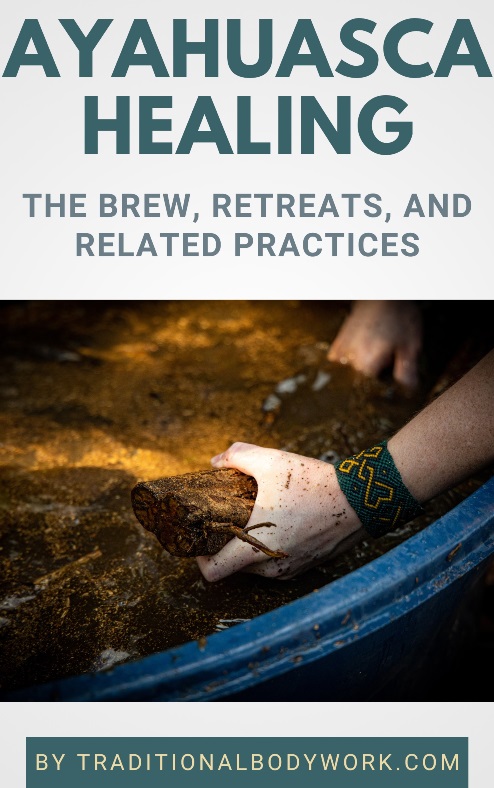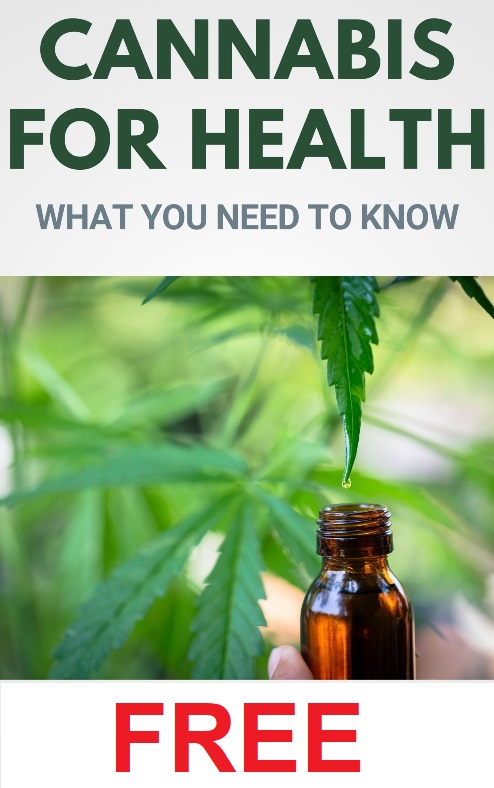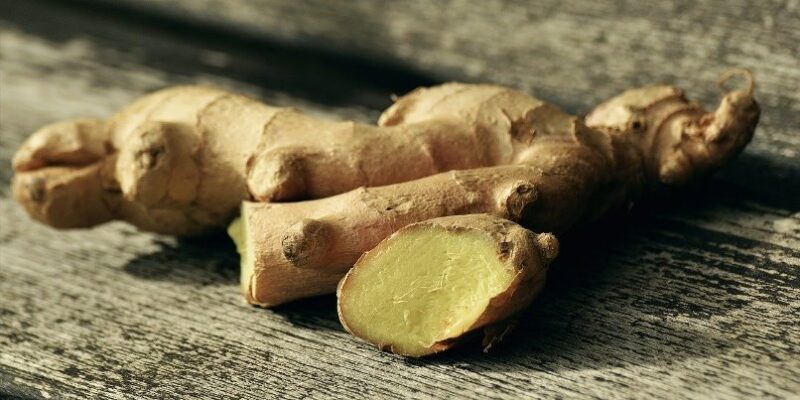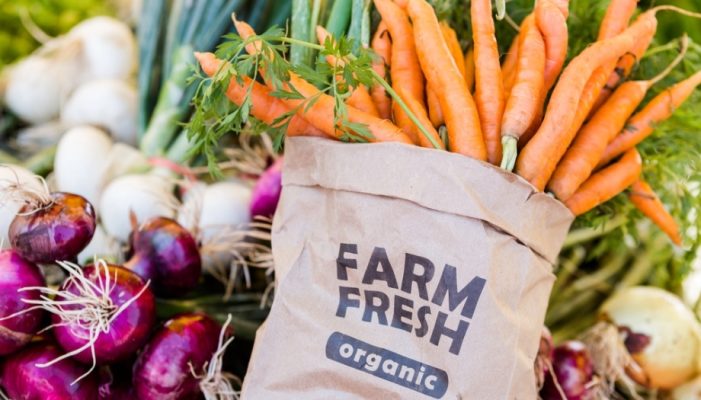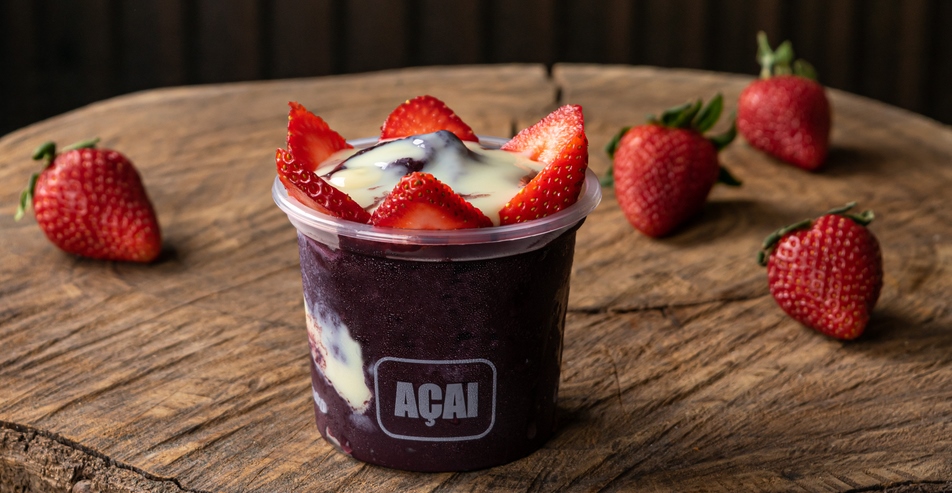
Superfood is defined as an exceptionally nutrient-rich food that’s especially favorable for our health and wellbeing, having both preventive and curative benefits.
Superfood – Looking Behind the Fad
Yet, today, almost every fruit or vegetable has become superfood. Promoting this or that type of “newly discovered” superfood is an almost daily occurrence in the media, and you’ll be told to eat more of it.
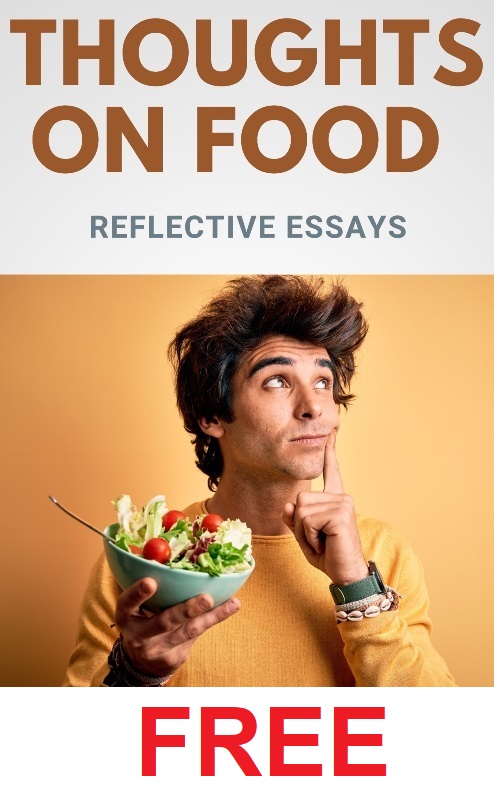
The list of superfoods is long if not staggering. However, most of these foods are actually already part of our diet. Nothing really new there. Think of foods such as salmon, broccoli, bananas, apples, blueberries, kale, cabbage, radishes, lemons, spinach, walnuts, peanuts, avocado, almonds, pumpkin seeds, mushrooms, green tea, tomatoes, eggs, chia, beans, fermented milks, garlic, ginger, whole grains, olive oil, and so on. Yes, they are all superfoods.
Even so, no single food can offer all we need or by itself prevent or cure disease. A certain superfood may offer these or those extras, or as it’s marketed — “is packed with” — but often you would need to eat a whole lot of this or that superfood to reach the daily recommended intake of the beneficial minerals, vitamins, fibers, or proteins they contain.
In fact, the term “superfood” is obviously used for marketing purposes by the food industry to influence food trends and to sell more superfood products, or to sell more of this or that product that contains (often only traces of) superfoods.
Furthermore, we cannot possibly eat all of those superfoods all the time. Considering the number of superfoods available, you’d need a superstomach, and stuffing yourself with superfoods would surely result in having superindigestion and superdiarrhea.
Another thing is that the marketing behind “superfoods” often includes spreading the idea that they are naturally produced organic foods. By contrast, the artificially created demand for superfoods leads to them being grown by using intensive agricultural practices.
Açaí Berries – A Superfood Example
Anyway, using açaí berries as an example I’d like to illustrate how superfoods can turn into a superscam and a supercrap state of affairs.

Now, açaí is the purple nutrient-rich berry of the açaí palm tree, which is found in the Amazon rainforest. It’s marketed as superfood due to its high levels of antioxidants, healthy fats, and fiber.
Eating açaí berries is thought to protect cells from damage, support heart health, boost brain function, support weight loss, improve skin health, and promote a healthy digestive system. Well, so far, so good.
However, the reality is that commercially prepared acai products, such as açaí bowls, smoothies, and juices, usually contain large amounts of added sweeteners. This dramatically increases the calorie and sugar content, which then counteracts the health benefits of açaí by causing weight gain and increased blood sugar.
So, while açaí has numerous potential health benefits, it’s important to consume it as pure as possible. That’s not so easy, because pure, unsweetened açaí pulp is rather earthy and bitter, that is, most people think it doesn’t taste so good. Hence, the reason why it’s eaten with lots of added sugars.

Nevertheless, the Amazonian people — for whom açaí has traditionally been a dietary staple — typically eat it pure, as a savory side dish with foods such as cassava flour and fish. They are known to find the sweet version rather disgusting.
Anyway, eating lots of açaí usually leads to digestive issues like bloating and diarrhea, can cause a significant drop in blood pressure, and can cause allergy-like symptoms like swelling of the tongue, lips, and throat.
As for the environmental impact: it doesn’t look good. The increased global demand for açaí has led to intensive farming practices negatively impacting the Amazon rainforest. It causes severe biodiversity loss and ecosystem disruption.
Final Thoughts
To make a long story short: superfoods are okay, but only when they’re consumed as pure as possible. In addition, eating too much of one type of superfood will most likely cause unintended side effects. And, by jumping on the superfood bandwagon, we often unintentionally help destroy our Mother Earth.
All in all, good health is best supported by eating a variety of nutritious foods every day, in moderation. No single superfood is a cure-all, and no single food can supply all the nutrients our bodies require. By not running after every new superfood fad we avoid eating unhealthy monotone diets, while also helping natural environments to stay balanced.

